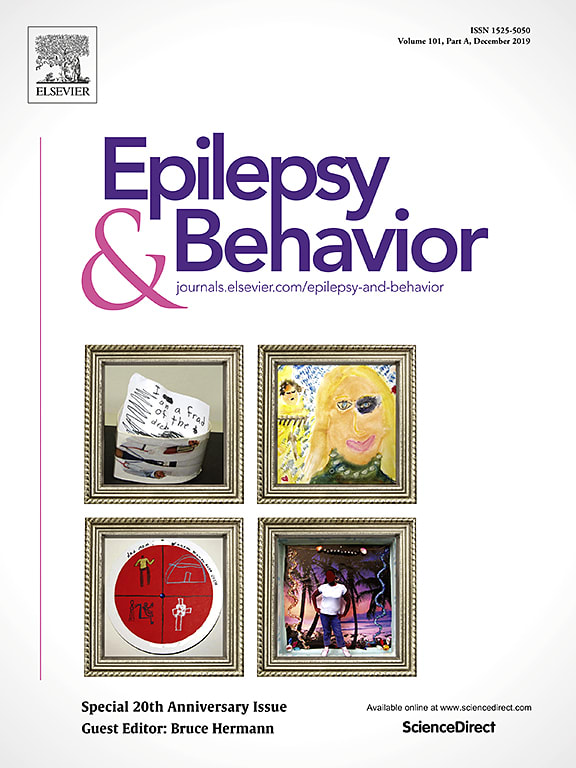
Epilepsy treatment gap and stigma reduction in Pakistan: A tested public awareness model
9 December, 2019
Zarine Mogal, Hasan Aziz
Epilepsy & Behavior 1 October 2019 doi.org.10.1016.j.yebeh.2019.106637
It is with great pleasure that National Epilepsy Centre, Karachi announces a major publication based on ~30 years of sustained effort by a group of volunteers in reducing Treatment Gap and Stigma in Pakistan.
The design and approach of this achievement is unique; has never been used by any other country, based on indigenous modulated approach built around the prevalent health structure, within financial and human resource constraints and proves its success through outcome measures. The entire effort has achieved by a group of volunteers (medical and concerned citizens) financed by local donors, without any assistance of the government, foreign aid or technical support of any agency or epilepsy organization. Our work has already been presented at various meetings of International League Against Epilepsy & International Bureau of Epilepsy and has been highly appreciated.
Download article: Epilepsy treatment gap and stigma reduction in Pakistan
Abstract
High epilepsy treatment gap (ETG) and stigma remain a major issue globally. Addressing the basic problems is necessary, for advances in management to be effective. According to the 1987 population-based study, prevalence of active epilepsy in Pakistan is 0.98% with 98.1% ETG in rural and 72.5% in urban population and the presence of stigma. These dismal figures were a stimulus for our reported activities. Recognizing the problems faced by 2.2 million people with epilepsy (PWE) in the country, a group of volunteers mostly from the medical commu-nity has attempted to address these issues with an ongoing sustained awareness program over the last 18 years, working within the constraints of prevailing healthcare system, with gratifying results. In 2001, under a nongov-ernmental organization (NGO), the Comprehensive Epilepsy Control Programme of Pakistan (CECP) was launched to address the various paucities in knowledge, attitude, and practice about epilepsy; especially ETG and stigma. The CECP has two primary components: Epilepsy Support Pakistan (CECP-ESP) for awareness and mass education and National Epilepsy Centre (CECP-NEC) for holistic management of PWE, professional educa-tion, and research. Both work in tandem, and there is an overlap of their activities. This article only evaluates the outcome of sustained awareness activities of the CECP-ESP, through direct and indirect measures after 5 years of its initiation. A significant reduction in ETG and stigma exclusively through public awareness has been possible. This model can be easily replicated by any country, with involvement of the local population.
Subscribe to the ILAE Newsletter
To subscribe, please click on the button below.
Please send me information about ILAE activities and other
information of interest to the epilepsy community